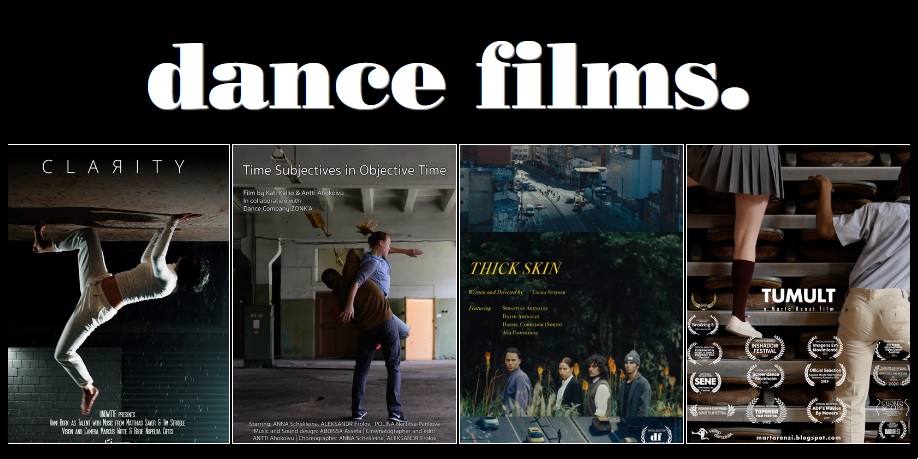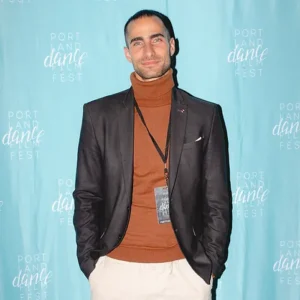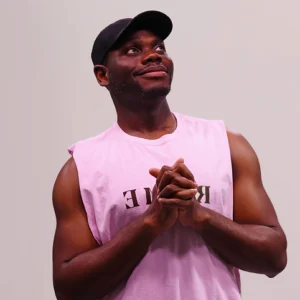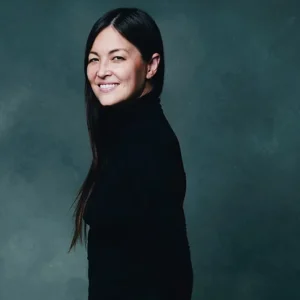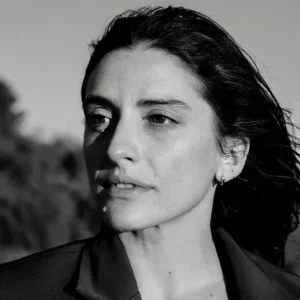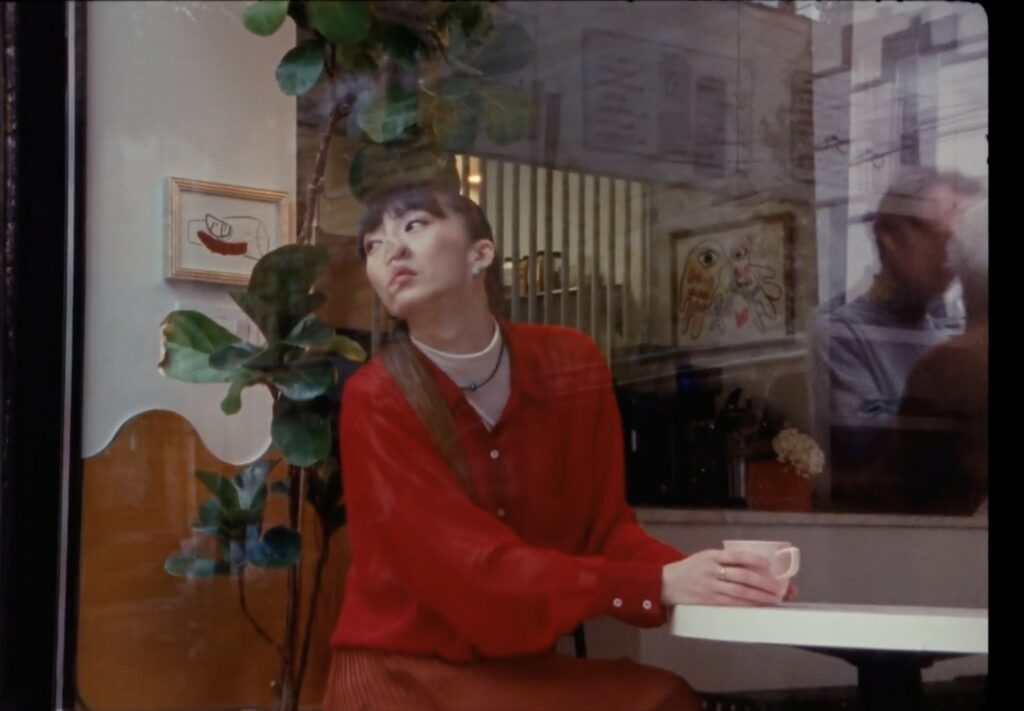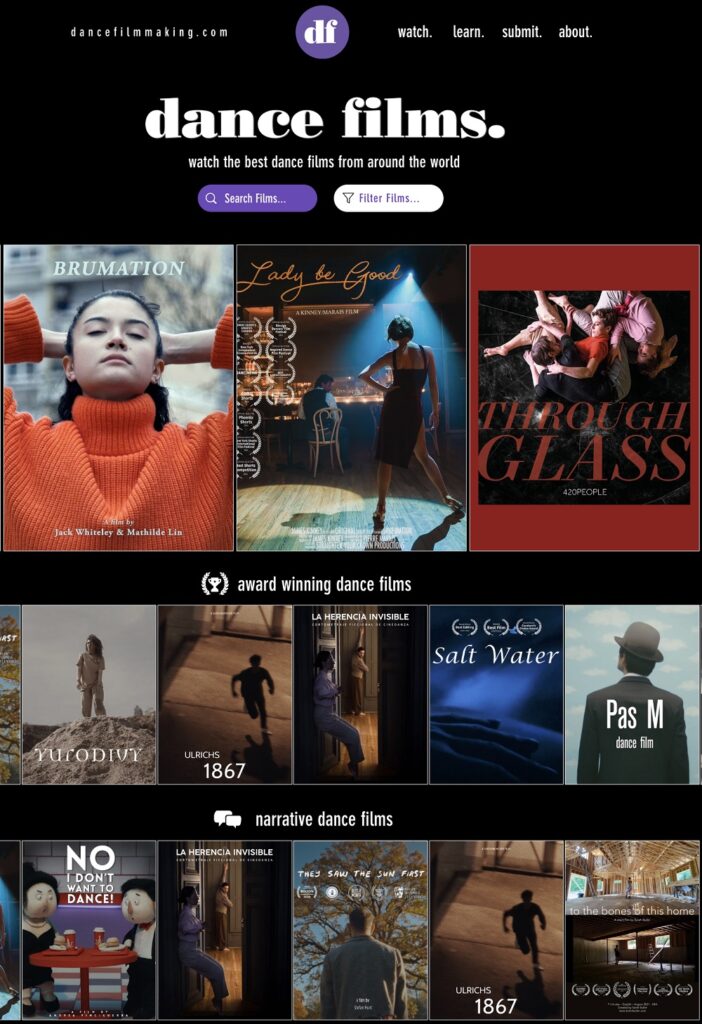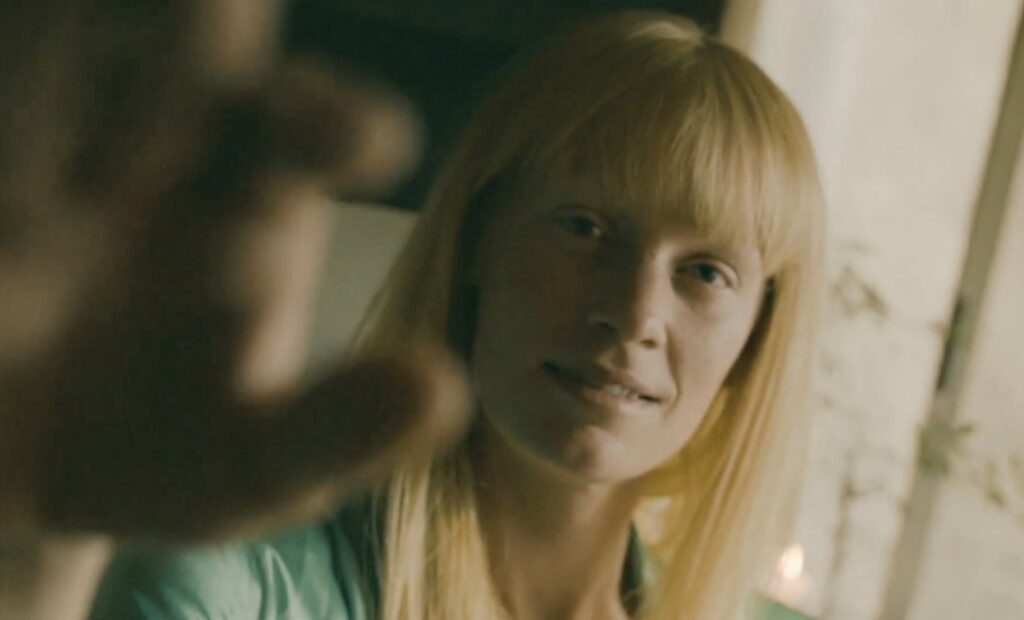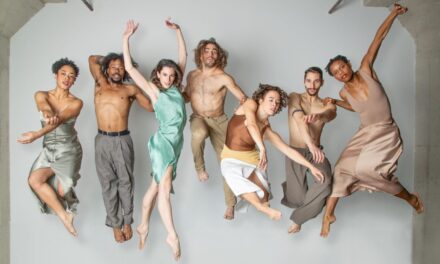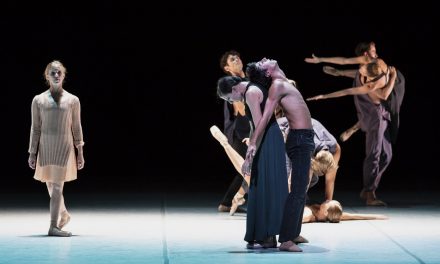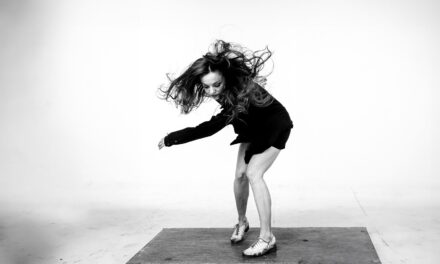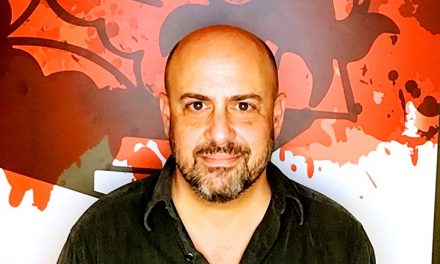Nadav Heyman screened his dance films at festivals, yet he still felt it wasn’t enough to support the art form. Following the festival circuit, his work would lie dormant on Vimeo or YouTube — except for one making it to Dance Magazine.
“There’s nothing that feels like this is where people go to watch dance films,” Heyman said.
In May 2023, he launched Dance Filmmaking to fill the void he and many other dancers, filmmakers, and dance filmmakers felt. As the platform approaches its anniversary, Dance Filmmaking prepares for its first in-person event that will award the Dance Film of the Year and bring the Los Angeles dance community together for screenings, live performances, and a dance party on Saturday, April 6. The event at spaCe DTLA (333 N Mission Rd, Los Angeles CA 90033) encapsulates the vacancy in the dance world, bringing together an interdisciplinary mix of artists to one space, uplifting dance on and off the screen. This event and period mark a shift in the dance world, challenging who presents dance and how it is presented.
“I can tell from the time that I started making dance films that the quantity and quality of dance films from around the world is out of control,” Heyman said. “It’s having a moment.”
For creative producer Genna Moroni, the platform serves as a “long-term” space for dance films. While working on a dance film, it can feel helpless when thinking about the future of the final product. It can feel like all the effort and artistry in making each project will soon fizzle following a festival circuit, Moroni said. Dance Filmmaking is an opportunity to archive and share what would previously get lost on the internet so that dance artists can see what has been made before and appreciate the leaps and bounds the art form has taken.
- Sinclair Ogaga Emoghene – Photo courtesy of Dance Filmmaking.
- Cheryl Mann – Photo courtesy of Dance Filmmaking.
- Genna Moroni – Photo courtesy of Dance Filmmaking.
“It’s hard to remember the good things that have been created, and then have them to reflect on and be inspired by,” she said.
Cheryl Mann, the assistant dean of the school of dance at CalArts and a curator for the video platform, found Dance Filmmaking to be a valuable resource because “there’s just no real accessible place for dance films to live,” she said.
When Nadav reached out to have her join the initiative, she immediately envisioned 100 people who would jump at the opportunity to bring their films to the platform.
“I think dance is shifting and people are seeing it through the lens,” Mann said. “I think that this is going to inspire people to go out and make some more films, and you never know what it’s going to lead to now that it has somewhere to live.”
Sinclair Ogaga Emoghene, a Dance Filmmaking curator and assistant professor at Virginia Commonwealth University, said the platform was something that “we didn’t know we needed.” As curators, he and Mann assess films submitted to the platform to ensure it has a spot in the catalog. Emoghene recalled seeing so many films that got lost on social media come his way for Dance Filmmaking, including one that was made 12 years ago.
“For us, this is huge,” he said of the upcoming award. “We had close to 200 films that we reviewed, and it was so hard to even come down to the top five places for the award.”
Recently, there has been a surge in dance films because of the form’s accessibility and affordability. Emoghene discovered that making dance films not only allowed creativity to soar beyond the confines of a stage but was also cheaper than booking a space to present work. And once a film was completed, it could be shared with anyone, regardless of location.
“Artistically, I just felt there were a lot of things you could do with film,” he said. “You could do things that you could only imagine doing on stage.”
The COVID-19 pandemic further tested the creativity of dance makers, pushing even more artists to pick up a camera.
“The pandemic shows that when the stages closed, all the performances were cut, and you couldn’t go into studios anymore, dancers found alternative spaces,” Mann said.
Dance Filmmaking’s conception came at the cusp of normalcy a few years after the start of the pandemic. At the time, there was no possibility of creating a live event. However, as the platform grew, it became essential. The challenge: differentiating the event from a film festival.
“It was important to me to collaborate with dance film festivals all over the world and I didn’t want there to be any competition,” Heyman said.
Heyman brought in 12 of the biggest dance film festivals in the world — deriving from North America, Europe, the Middle East, and South America — to be on the panel of the award. Instead of focusing solely on the award, the event further differentiates itself with live performances by Lil Buck, Nina McNeely, Qwenga & Marcella Lewis, House of Ebony, and DJ Xinovia. The crew of performances come from a wide range of dance styles, including vogue and krumping.
“The goal is to bring in communities of dance that actually don’t usually interact,” Heyman said.
The ideology bleeds into Dance Filmmaking as well. He and Moroni found that most dance films they come across are based in contemporary movement. By mixing communities of dance and film, Heyman hopes to incentivize dancers and filmmakers to collaborate and create work that incorporates different styles and perspectives that are underrepresented in dance films.
As Moroni frames it, the event is “where the live space can inspire the film space.” And what better way to accomplish this than through live dance, a space that invites healing and sparks a love for the art form, she said.
Dance Filmmaking has grown out of a labor of love, as many of its originating members donated time to make opportunities like the Dance Film of the Year possible.
“We want this to be an annual event,” Moroni said. “We want it to be something that people can look forward to and be excited about.”
As Dance Filmmaking strives to form into a new staple in the dance community of L.A., its creators remember the root of its purpose.
“Celebrating one film is celebrating all films,” Emoghene said. “It’s just giving the platform more room to grow and more ways to reach more people.”
For more information about the Dance Filmmaking, please visit their website. Tickets to the Dance Film of the Year event at 7:30 p.m. Saturday can be found on the HIT app.
To locate spaCe DTLA, 333 N Mission Rd, Los Angeles CA 90033 , click HERE.
This article was edited on 4/5/24 to correct a date error.
Written by Steven Vargas for LA Dance Chronicle.
Featured image: Dance Filmmaking – Capture by LADC.

